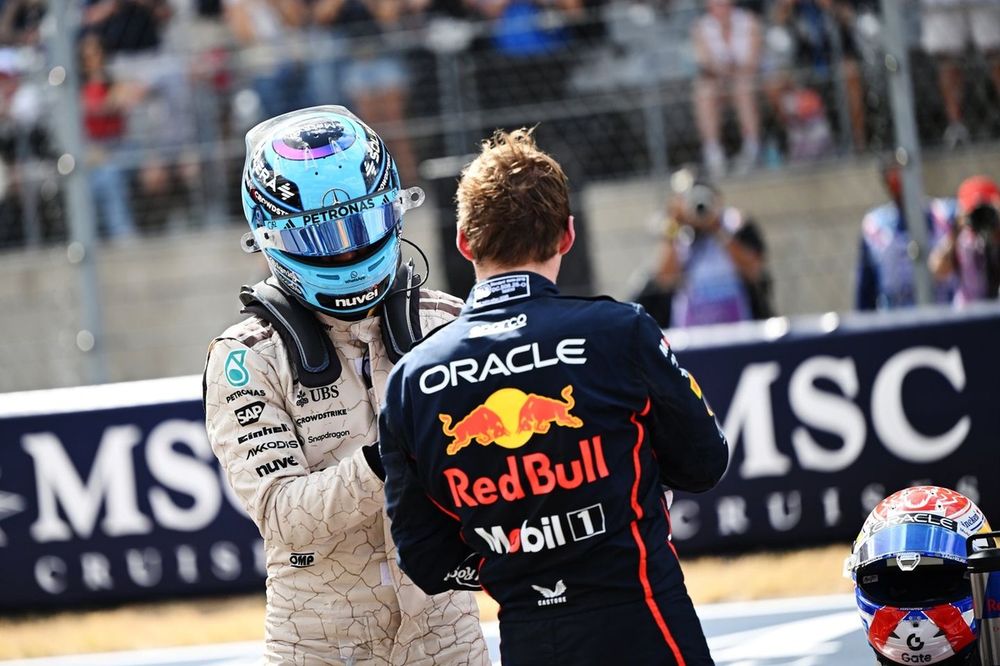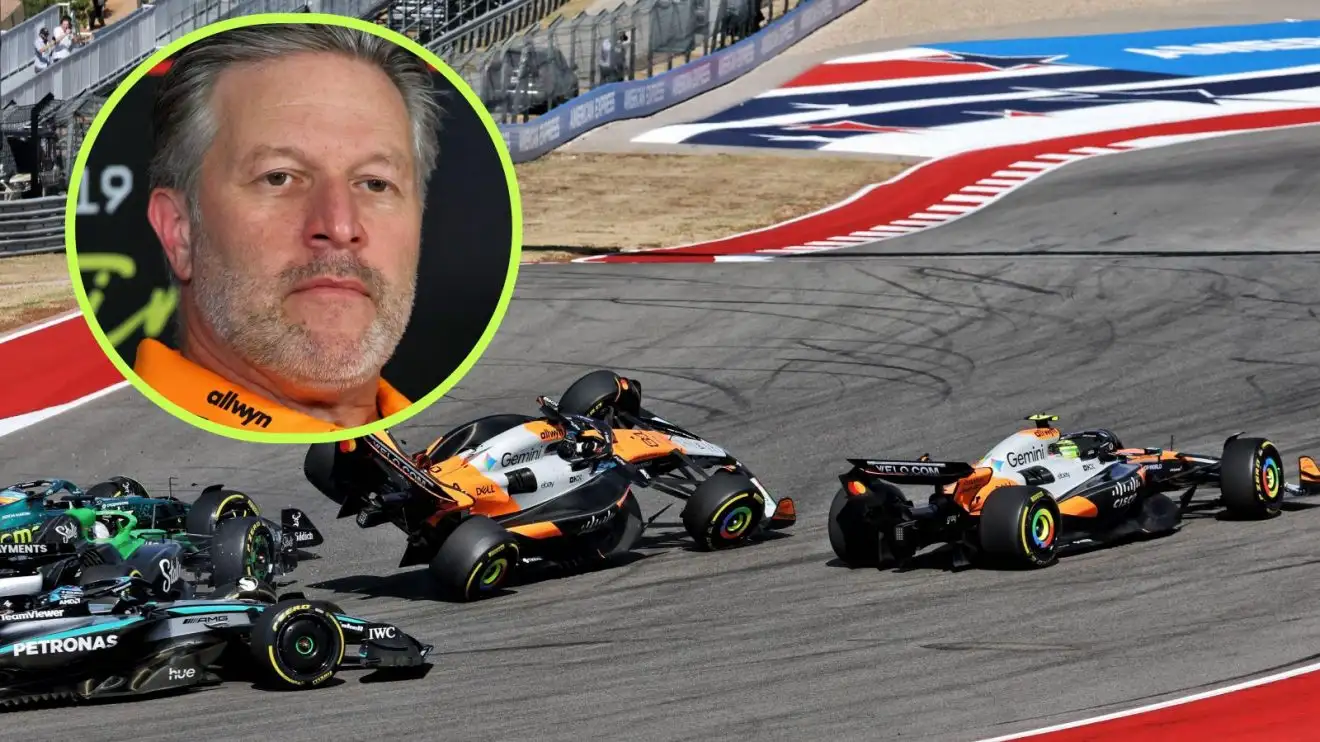
Unpacking Austin's F1 Sprint Grid Shake-Up
Formula 1's recent sprint qualifying session at the United States Grand Prix saw an unusual grid, with a Sauber, an Aston Martin, and two Williams cars unexpectedly challenging the top four teams. This wasn't merely a fluke, but a potential indicator of a deeper, more fundamental shift at play.
Why it matters:
Austin's surprisingly mixed-up sprint grid hints at underlying car sensitivities to track conditions, particularly ride height. If mid-field teams like Sauber, Aston Martin, and Williams can genuinely upset the established pecking order, it suggests a more level playing field under specific circumstances. Understanding these dynamics is crucial for teams aiming to optimize performance on varying circuit types, potentially leading to more unpredictable and exciting races.
The Details:
- Unexpected Performers: Nico Hulkenberg's sensational fourth for Sauber, Fernando Alonso's sixth for Aston Martin, and Carlos Sainz's seventh for Williams were notable. Sainz expressed surprise, stating, "I don't understand why at such a tough track, and such a high downforce track, suddenly midfield cars are battling the top seven, the top eight."
- Ferrari's Puzzle: Charles Leclerc of Ferrari, whose team had a difficult day, admitted that Hulkenberg's performance with a customer Ferrari engine was something his team needed to analyze. He questioned if other teams had "understood something that we didn't."
- The Ride-Height Sweet Spot: The most likely explanation for the performance variation relates to ride height. Current F1 cars are highly sensitive to how close they run to the ground, with optimal downforce achieved at the lowest possible height. The challenge is balancing this with avoiding excessive floor striking, which can lead to plank wear and disqualification.
- Bumpy Austin: The Circuit of the Americas in Austin is notoriously bumpy, and this year, the conditions reportedly worsened. Max Verstappen noted, "the track got even bumpier... So we made some little adjustments with the car. And then in qualifying it was a little bit better."
- Team Sensitivities: Sauber's sporting director, Inaki Rueda, confirmed his team's car, similar to Aston Martin's, thrives on high downforce and smooth surfaces, allowing them to run low. Aston Martin's chief technical officer, Enrico Cardile, previously linked their poor Belgian GP performance to needing to run the car too high due to track characteristics.
Between the lines:
While counterintuitive for bumpy tracks, two factors might explain the mid-field surge:
- Universal Compromise: The severe bumps might force all teams, including the frontrunners, to make greater-than-usual compromises on ride height, effectively putting everyone in a similar, less-than-ideal operating window.
- Sprint Gambles: The shorter duration of a sprint race allows teams to take a more aggressive approach with ride heights. Since the plank only needs to last for approximately a third of the main race distance, teams can push the limits, risking more wear for a performance advantage, and then adjust for the longer Grand Prix if necessary.
What's next:
Confirmation of whether this shaken-up sprint grid order is due to aggressive ride height gambles will come during the main Grand Prix. If these unexpected performers cannot replicate their sprint form over a full race distance, it will strongly suggest that their Friday advantage was a calculated risk optimized for the shorter format, highlighting the strategic nuances introduced by the sprint weekend format.
Original Article :https://www.the-race.com/formula-1/whats-behind-austins-shaken-up-f1-sprint-grid...









